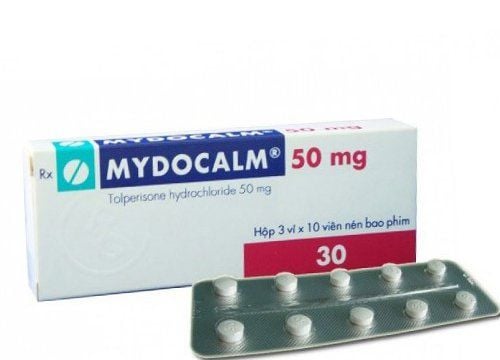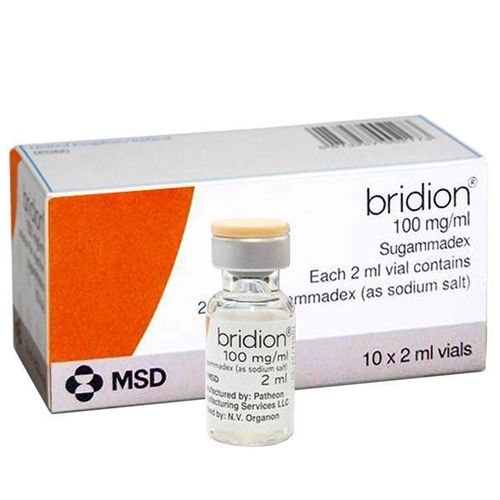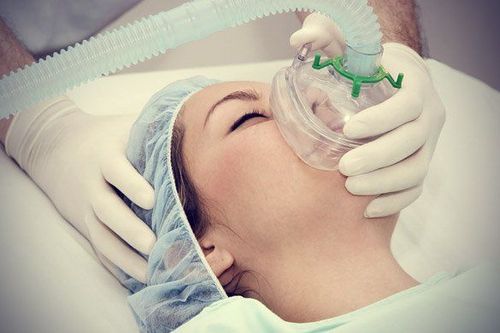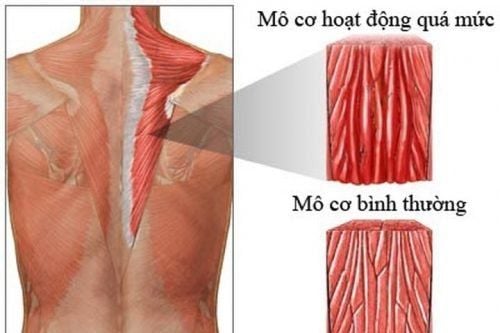This is an automatically translated article.
The article was written by Specialist Doctor II Nguyen Trung Thanh - Anesthesiologist and Anesthesiologist, Department of Surgical Anesthesia - Vinmec Central Park International General Hospital.
Muscle relaxants are often used in surgery under general anesthesia. The effects of muscle relaxants wear off after a period of time depending on the half-life of each drug. However, there is still a risk of respiratory failure due to residual muscle relaxants in the body.
1. What is residual muscle relaxation?
Residual muscle relaxation was defined as the appearance of signs and symptoms of postoperative muscle weakness following the use of an intubated muscle relaxant. Residual muscle relaxation is a common complication and affects patient safety after surgery.
2. What is the frequency of residual muscle relaxation?
The frequency of residual muscle relaxation was defined by the TOF index, T4/T1 < 0.7 (in the past) and T4/T1 < 0.9 (now). With the new definition, the frequency of residual muscle relaxation during wakefulness varied from 42 to 47% depending on the type of muscle relaxant used. The mean frequency of residual muscle relaxation 2 hours after a single dose of an effective muscle relaxant was 37%.
Studies in the 1970s showed that in patients with a TOF index < 0.7, there was an increased risk of postoperative respiratory complications. However, a study in the 1990s showed that patients were still at high risk of residual muscle relaxant complications when the TOF index was < 0.9.
3. What are the risk factors for residual muscle relaxation?

Age Gender (female > male) Organ dysfunction: kidney, liver, heart, nerve Other drugs being used such as: Calcium, Magnesium, Lithium inhibitors, antibiotics (aminoglycosides), local anesthetics, drugs Volatile anesthetics, opiates, Benzodiazepines Muscle relaxants: choice of drug, dose and number of injections, bolus or continuous infusion Use of muscle relaxants: degree of block, time of drug administration, dose or for recovery natural Acidosis Electrolyte disturbances Hypothermia Lack of monitoring for muscle relaxation during and after surgery
4. What are the complications of residual muscle relaxation?
Increased risk of hypoxic complications if TOF < 0.9 Increased event of upper airway obstruction when transferred to the recovery room High risk of acute respiratory complications in the recovery room after anesthesia (TOF) < 0.9) Symptoms and signs of muscle weakness Delayed time out of recovery room from standard Extended time to wean from ventilator after surgery (cardiac surgery) Increased risk of postoperative respiratory complications (collapsed) pneumonia, pneumonia) with TOF < 70%
5. How is residual muscle relaxation diagnosed?
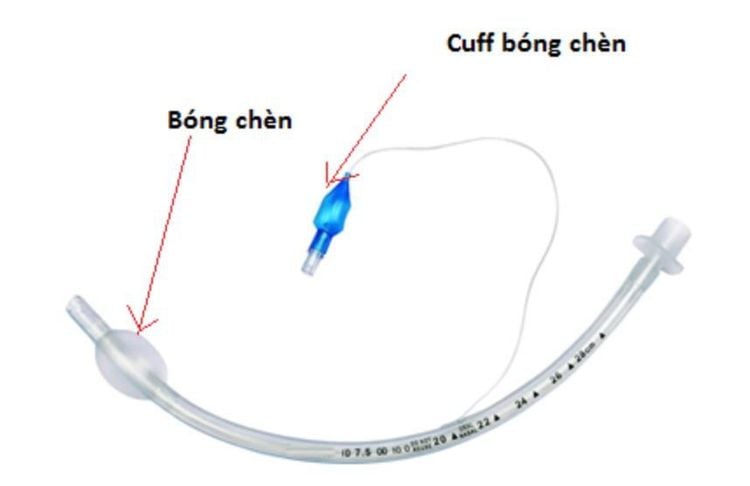
There is no reliable clinical trial to guarantee the full effect of muscle relaxants. Commonly performed maneuvers in the past, such as the clenched fist test or the raised head from the bed.
However, this test is often affected by the patient's consciousness and coordination, it is less accurate when the patient is not fully awake. In addition, the fact that the patient has an endotracheal tube can cause pain when raising the head, which limits the performance of this maneuver.
Currently, the gold standard for the diagnosis of residual muscle relaxation is the TOF index < 0.9.
6. How to limit residual muscle relaxation?
To limit residual muscle relaxation, anesthesiologists should consider using muscle relaxants as indicated, monitor muscle relaxation through TOF index in anesthesia and neutralize muscle relaxation with appropriate drugs when the surgery is completed. ends depending on the TOF index. There is also a view that the need for residual muscle relaxant prophylaxis can be routinely accomplished with an antiretroviral agent after administration of a muscle relaxant even if the patient has not been previously monitored for TOF.
Vinmec International General Hospital is one of the hospitals that not only ensures professional quality with a team of leading medical doctors, modern equipment and technology, but also stands out for its examination and consultation services. comprehensive and professional medical consultation and treatment; civilized, polite, safe and sterile medical examination and treatment space. Customers when choosing to perform tests here can be completely assured of the accuracy of test results.
Please dial HOTLINE for more information or register for an appointment HERE. Download MyVinmec app to make appointments faster and to manage your bookings easily.





